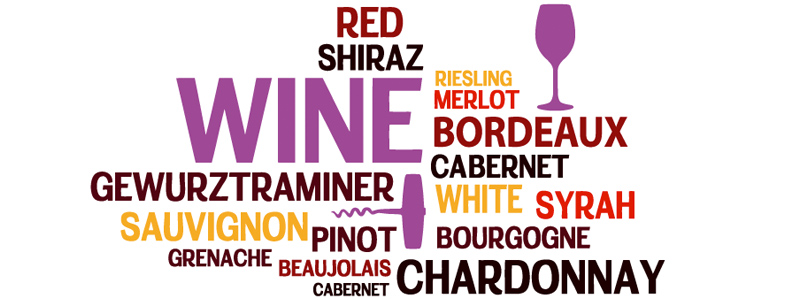Understanding how two wines, such as Pinot Noir and Burgundy, are exactly the same type of wine yet have two different names is confusing to many wine drinkers. This confusion stems from the fact that most wines get their names in one of two different ways: they are either named for their grape variety (the grape that was used to make the wine) or they are named for the region of the world in which the wine was made.
Depending on where in the world the wine you have purchased was made, the practices of that location will determine whether or not they name the wine after the grape variety or the region. For most wines, this determination is made depending on whether the wine was made in the New World or the Old World.
New World Wine Names
In the majority of wine regions of the New World, the winemakers choose to name their wines after the sole or principal grape varietal that has gone into creating the beverage. In simpler terms, this means the wine is called by the grape’s name, so for example if Cabernet Sauvignon grapes were used to make the wine, the wine is called Cabernet Sauvignon. This would even be true if the wine wasn’t made with 100 percent Cabernet Sauvignon and instead the winemaker chose to use only 70 percent, selecting other grapes for the remaining 30 percent. Because Cabernet Sauvignon is still in the majority, most New World winemakers would still call the wine Cabernet Sauvignon.
Old World Wine Names
In wines that are made in the Old World, these wines generally receive the name of the region from which the wine was made. For example, while a wine made in the Bordeaux region of France might contain 70 percent Cabernet Sauvignon, giving it the name Cabernet Sauvignon in the New World, because the wine was made in the Old World it is called Bordeaux.
The reason wineries from the Old World name their wines after regions is because Old World winemakers tend to feel that the place where the wine was made has as much, if not more, to do with how the wine will taste as grapes. This sense of place is called terroir; it is the idea that the sun, moon, soil, rain, and climate all impact the finished wine. When a wine is truly made well, Old World winemakers believe you can taste that wine’s terroir just as well as the grape’s characteristics. It is a belief that a Cabernet Sauvignon from Bordeaux will taste very different from a Cabernet Sauvignon from Italy, and therefore the regional name is used for the name of the wine instead of the grape.
